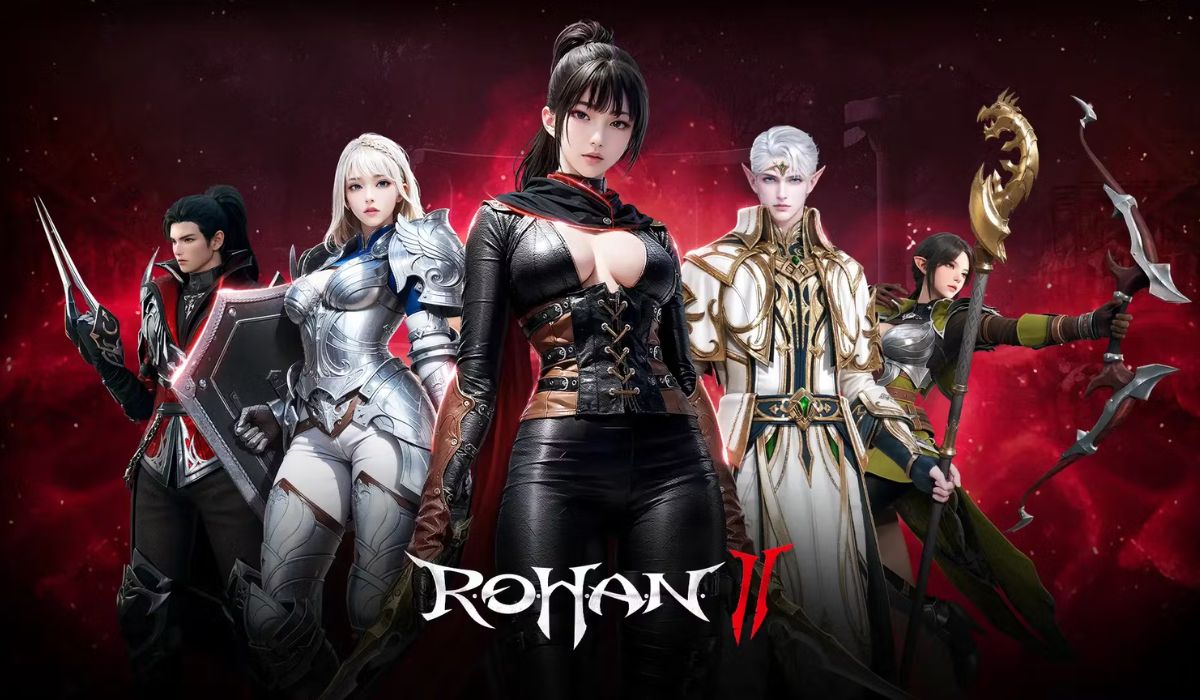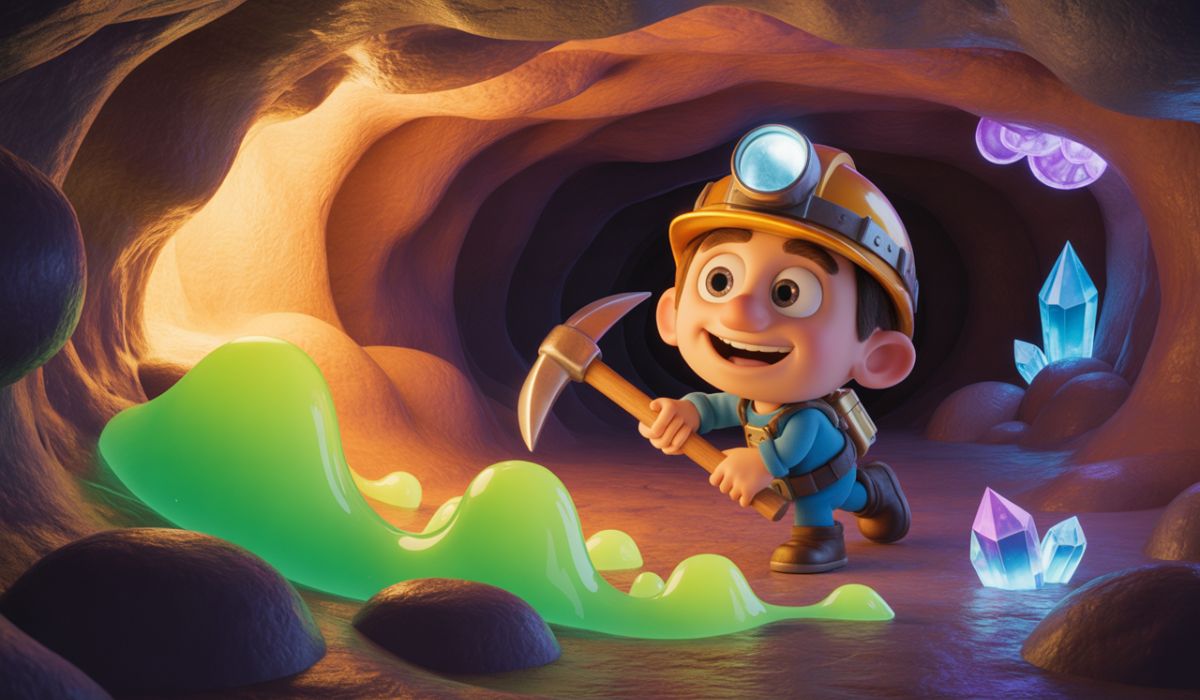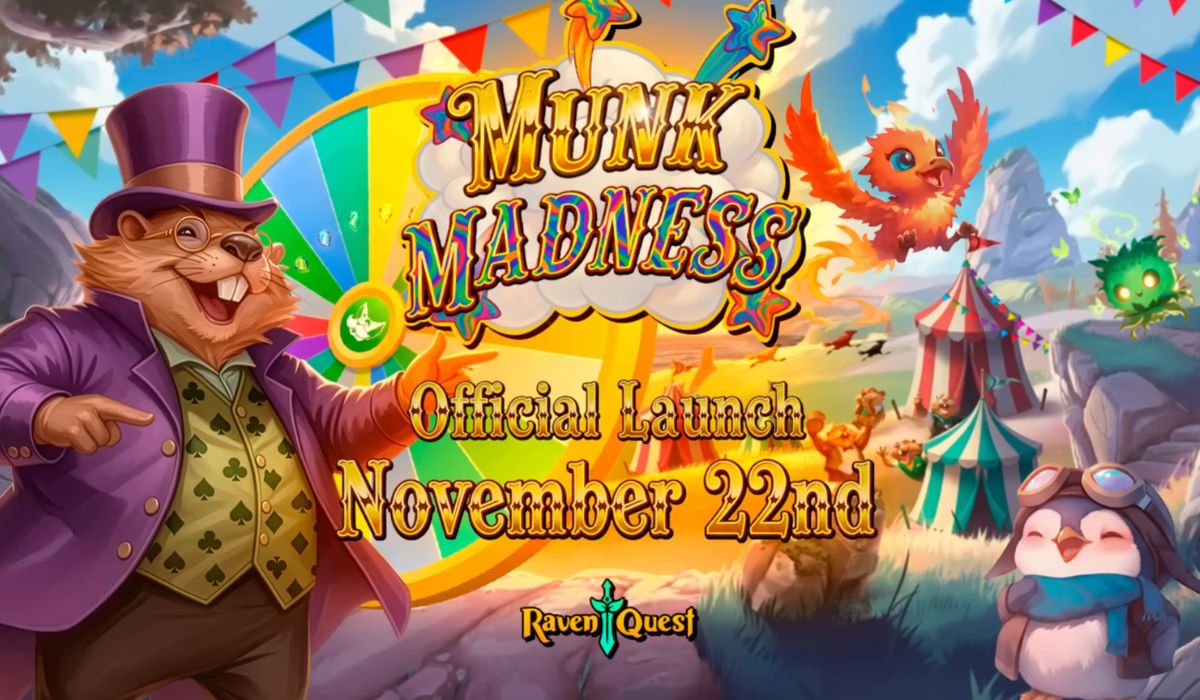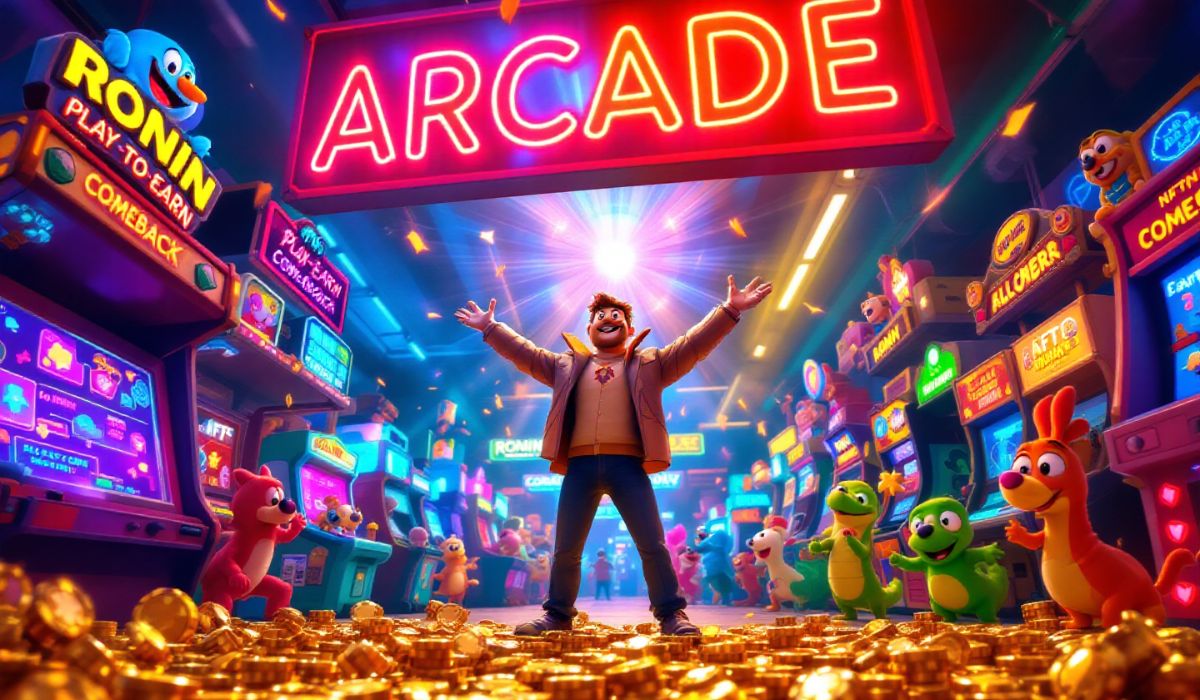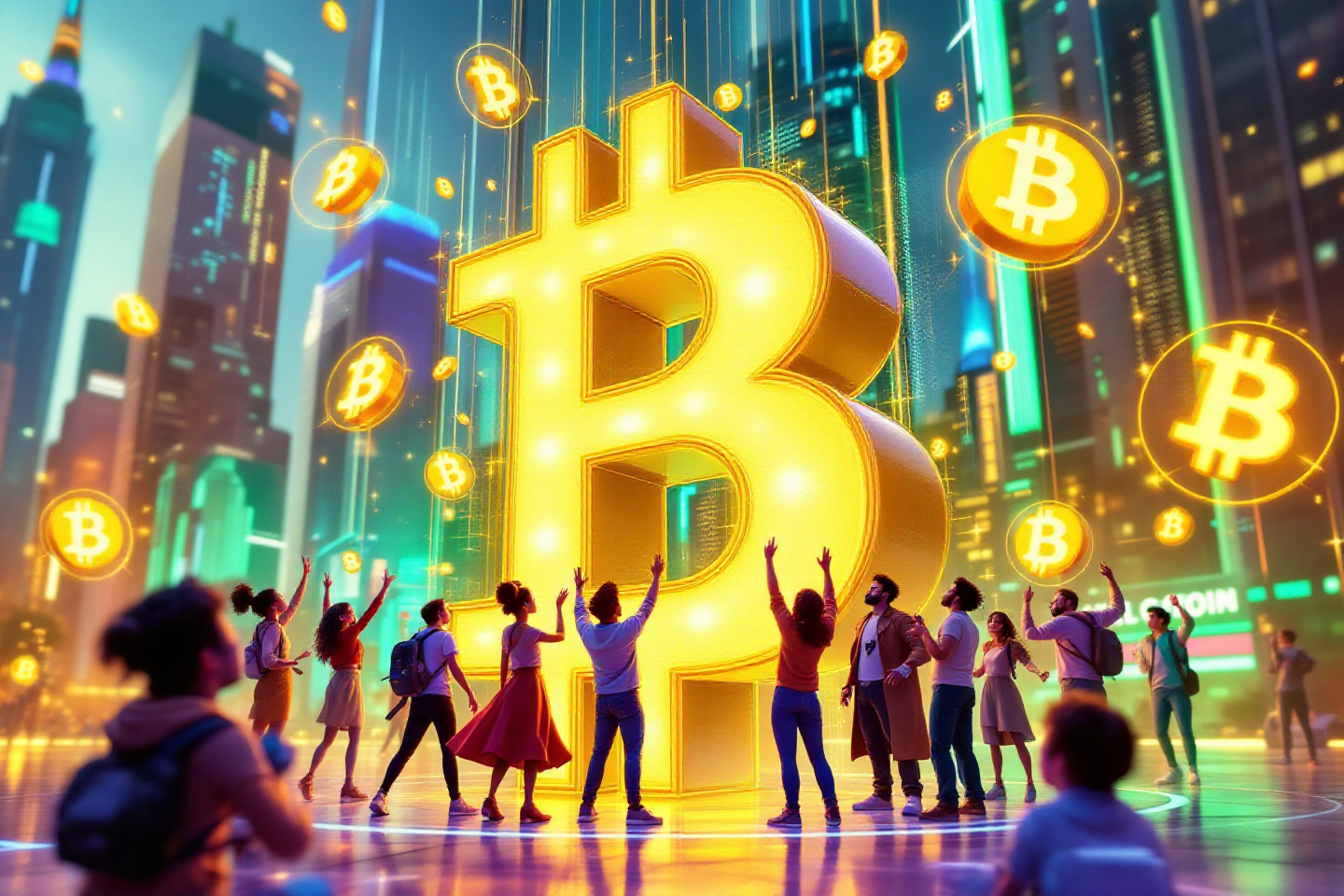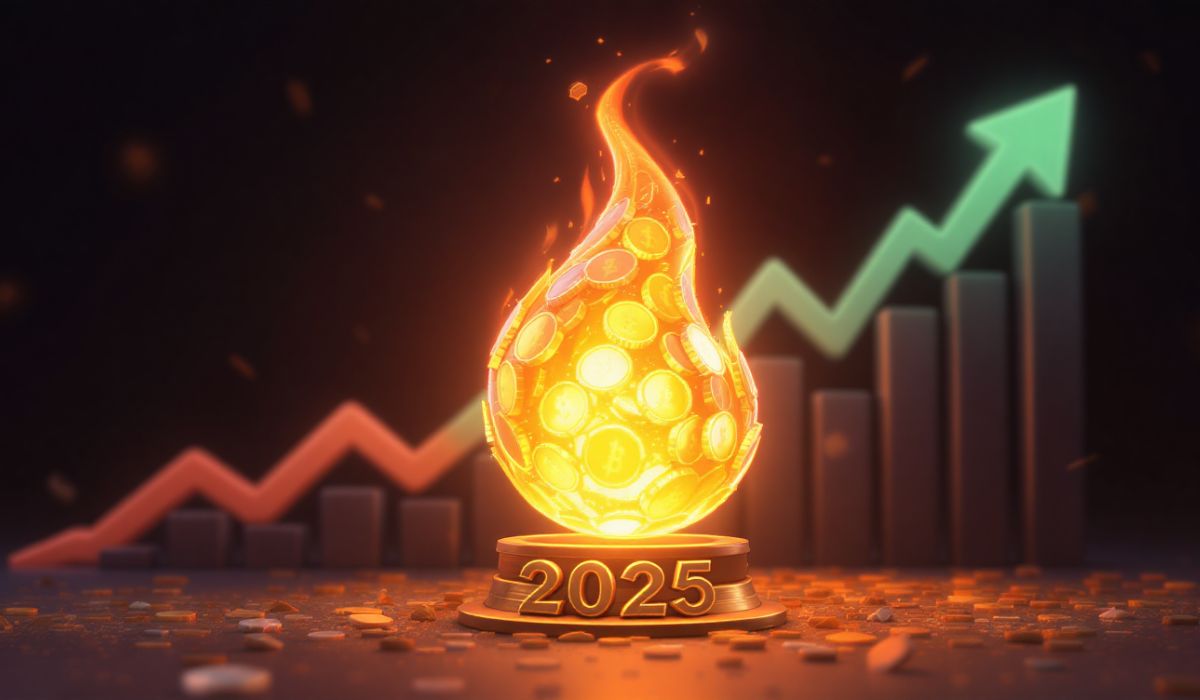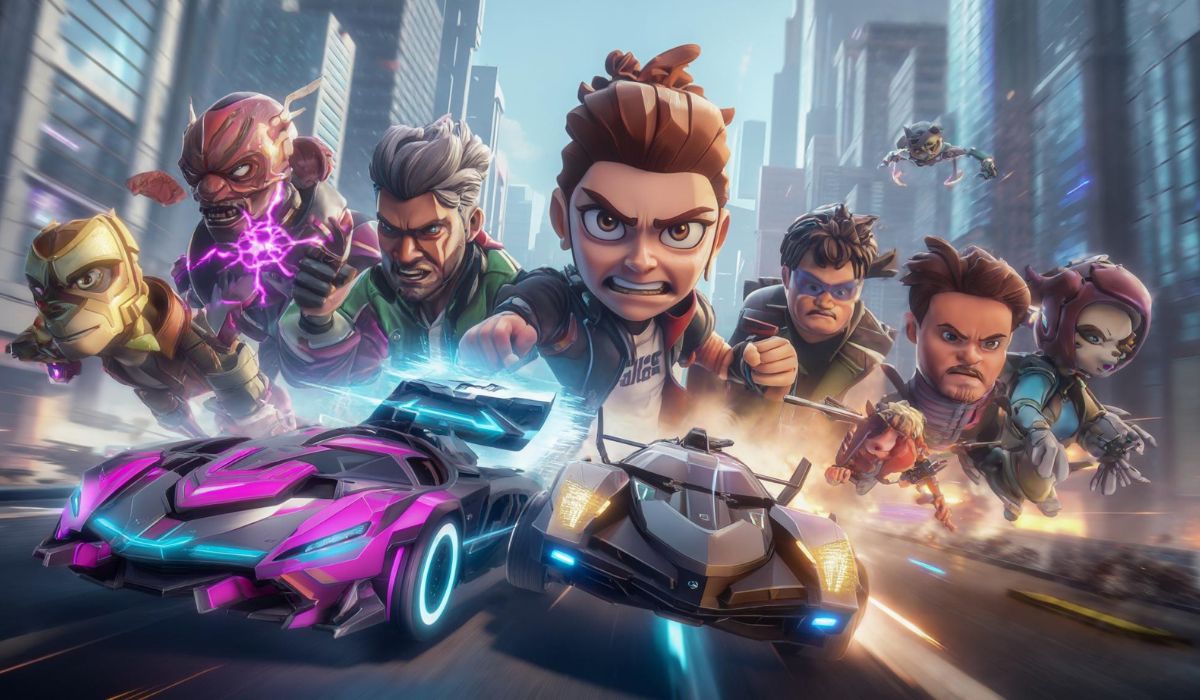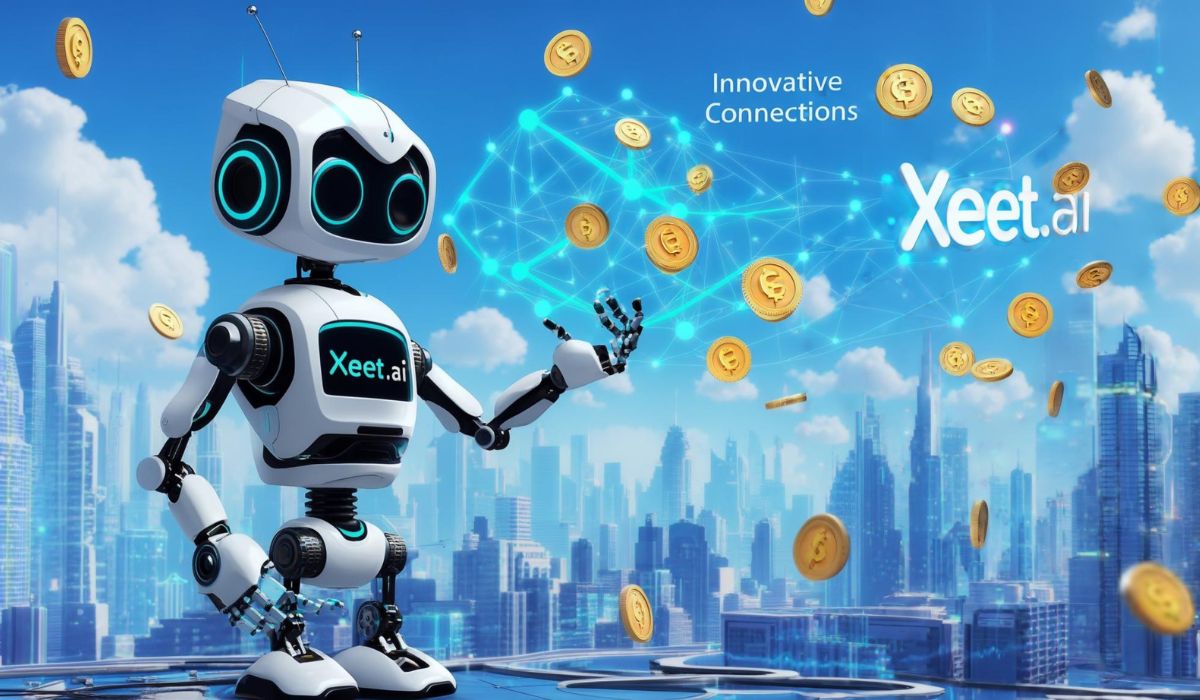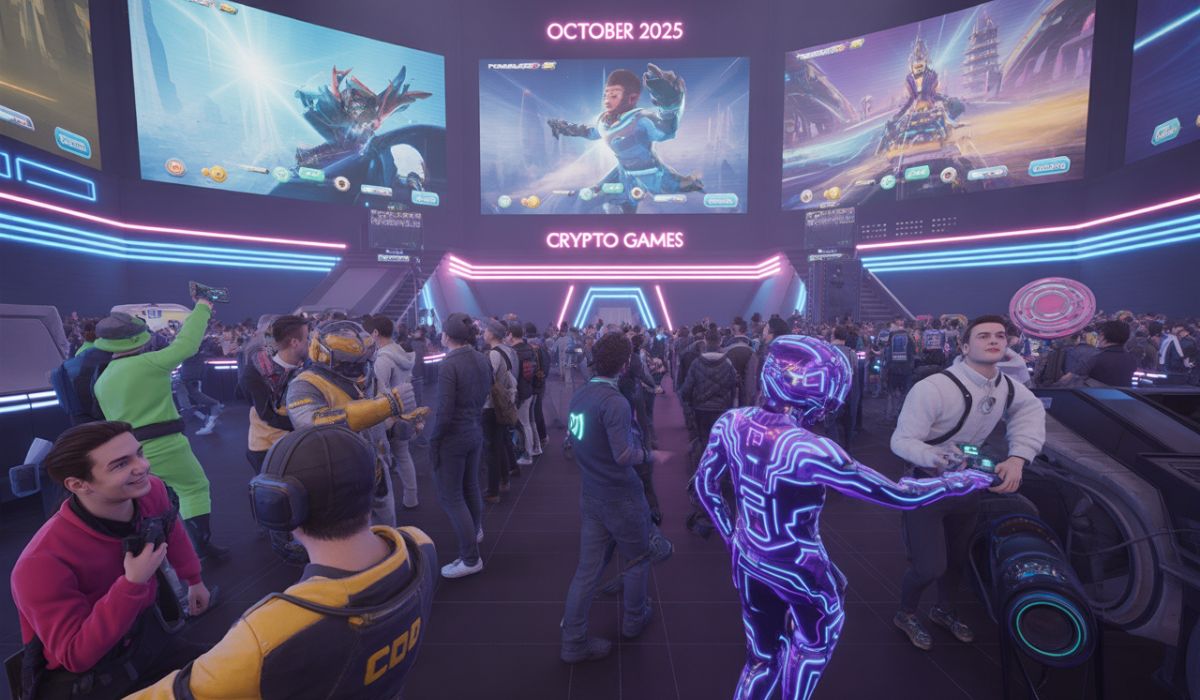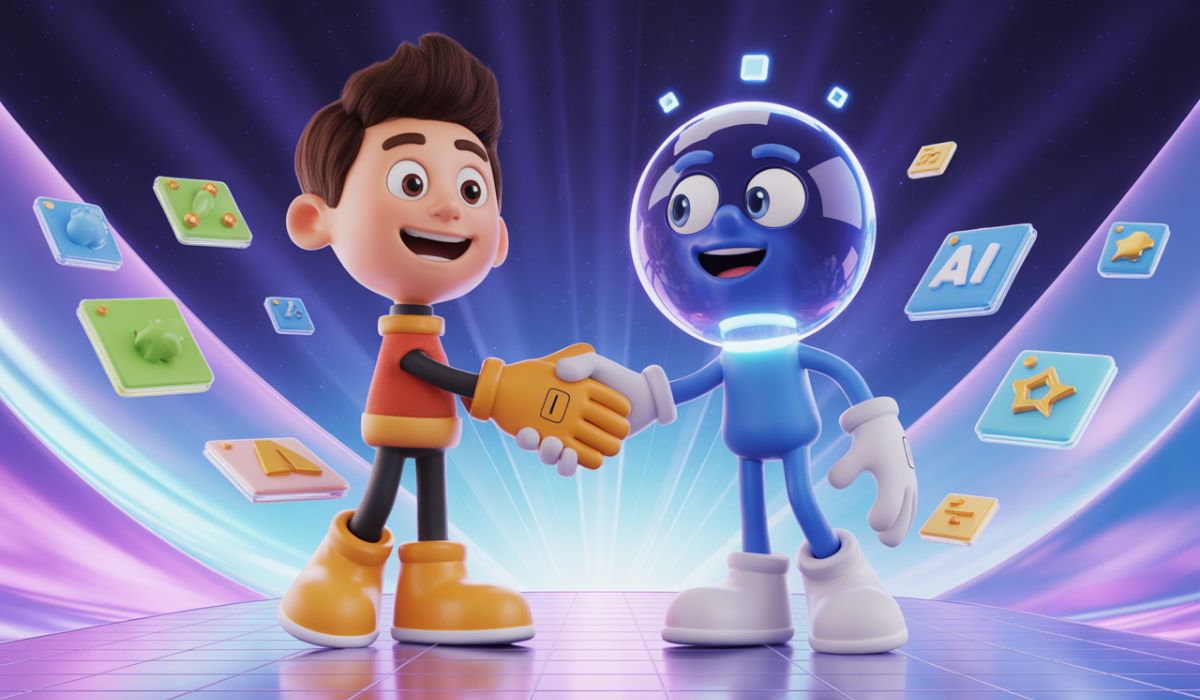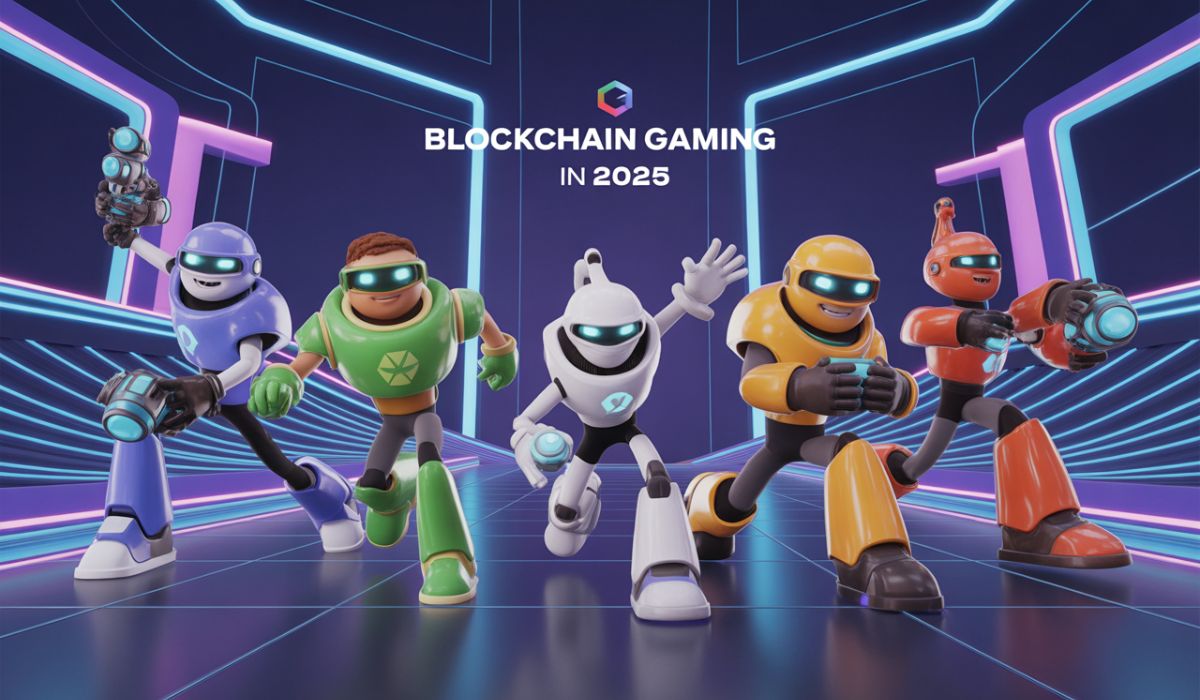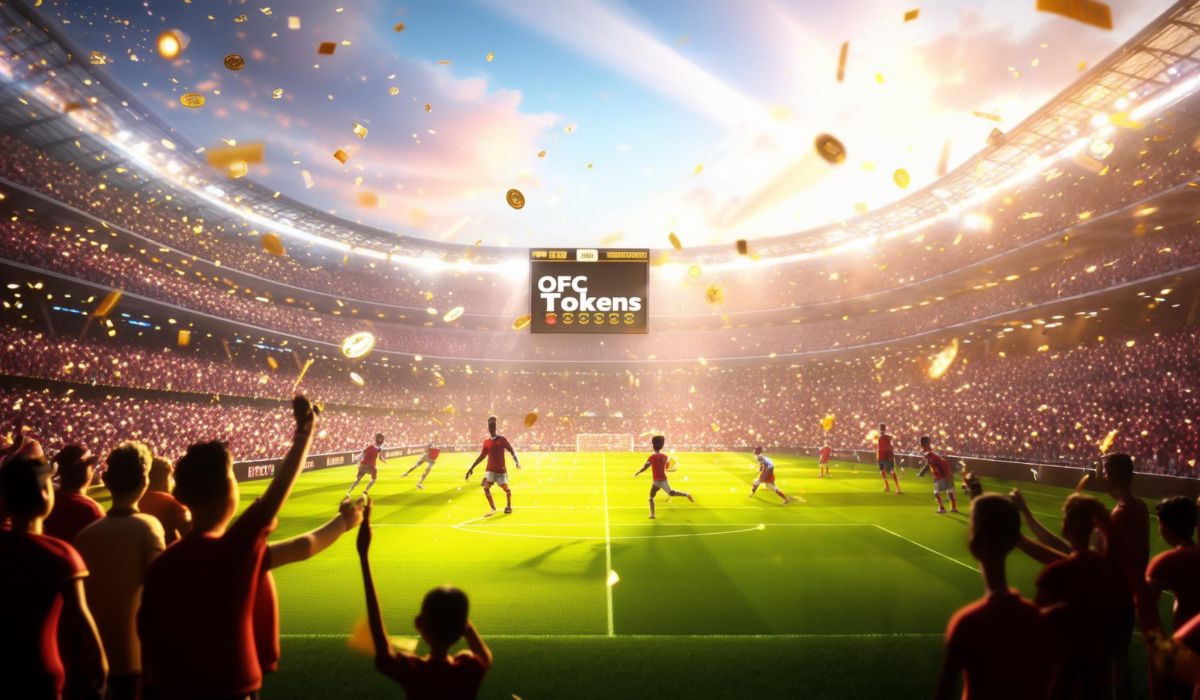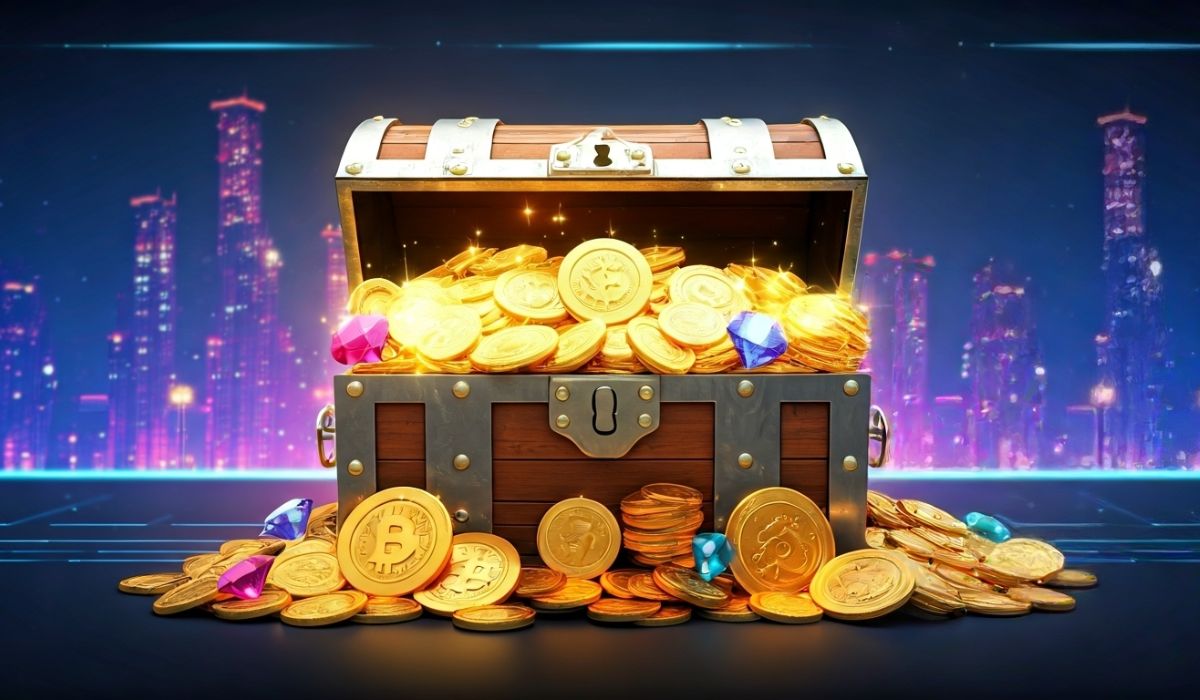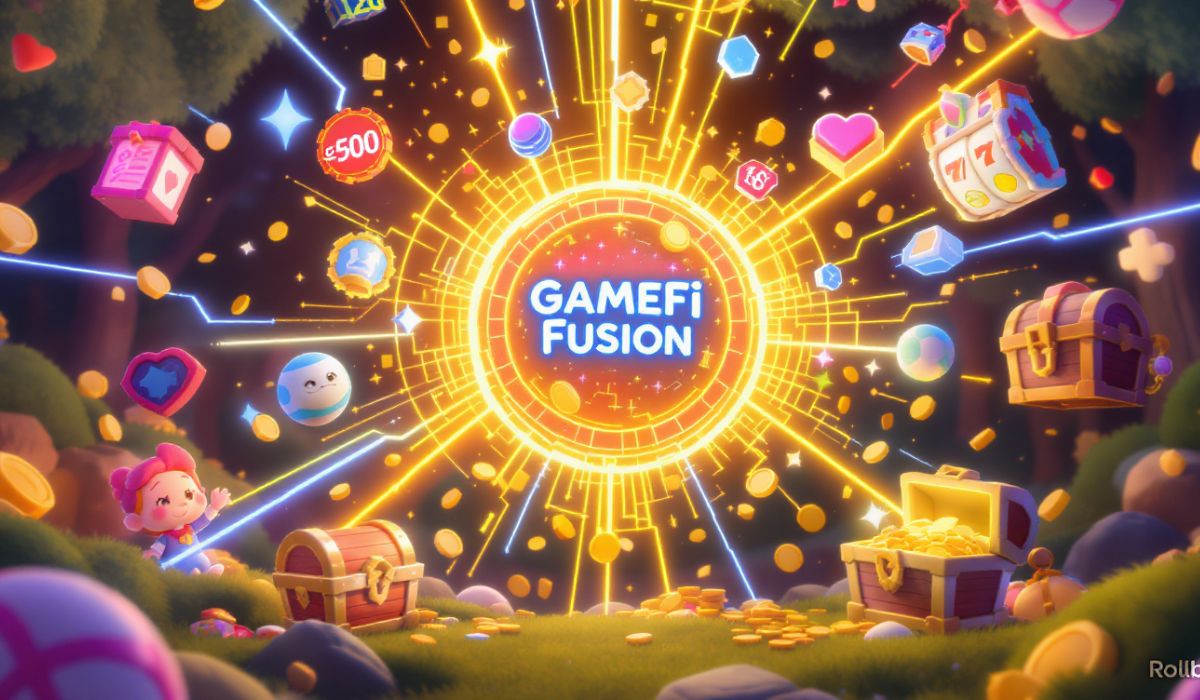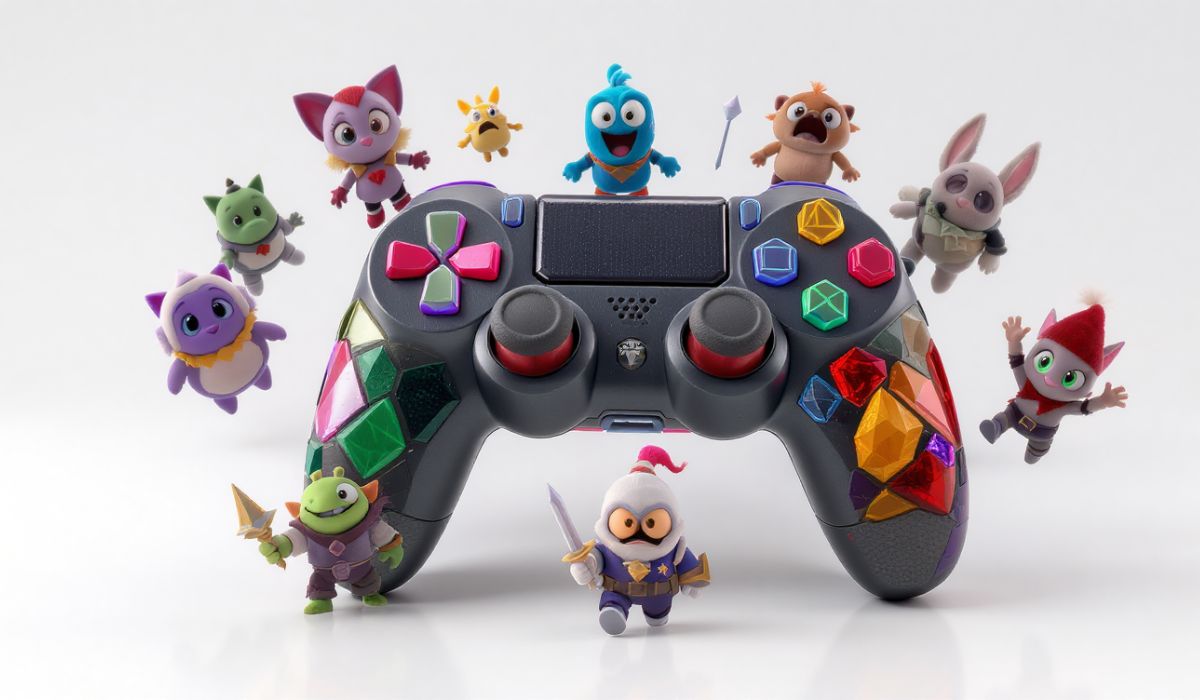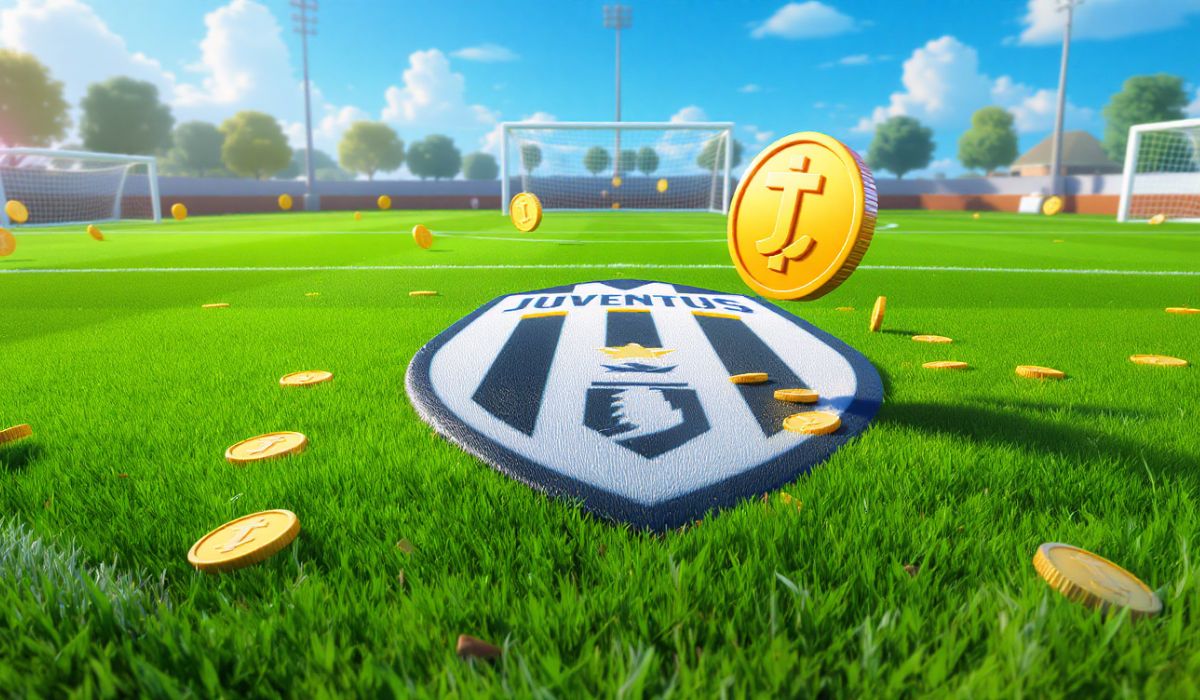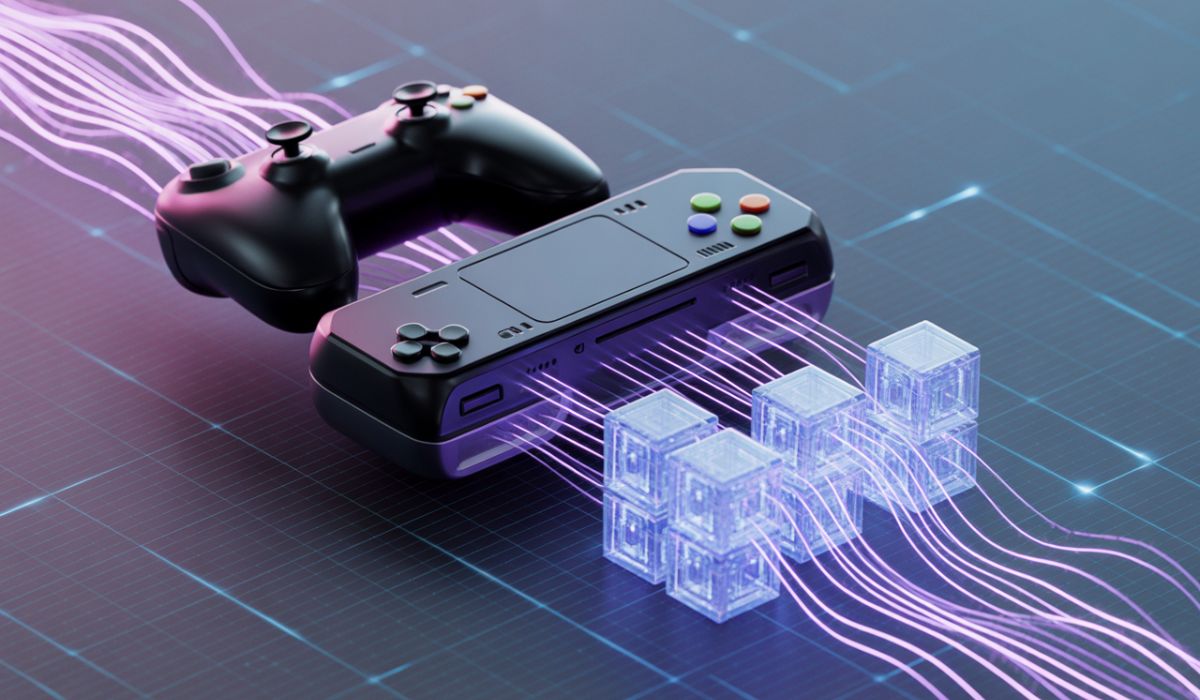
When blockchain games first appeared in 2021, they promised something revolutionary a world where gamers could play and earn real money. For a short while, the dream seemed real. Players collected tokens, sold NFTs, and watched their in-game items gain real-world value. But the excitement faded quickly. Many were left with worthless tokens, broken economies, and games that just weren’t fun to play.
Fast-forward to 2025, and the story is beginning to change. Developers are taking a hard look at what went wrong and building smarter, fairer, and more enjoyable gaming experiences. This new generation of blockchain games aims to fix the biggest mistakes of the past: poor design, unstable economies, and confusing interfaces. The focus is finally shifting from earning money to enjoying the game.
What Went Wrong in 2021
The first wave of blockchain games exploded during the crypto boom. Titles like Axie Infinity made headlines for letting players earn tokens through gameplay. However, the system had one major flaw it focused more on profits than fun. Many games turned into repetitive “grind” loops where players performed the same boring tasks just to earn rewards. The idea of “Play-to-Earn” slowly turned into “Pay-to-Grind,” as players spent more time chasing rewards than actually enjoying the experience.
Economic instability was another issue. Token prices rose too fast, attracting speculators who weren’t interested in gaming. When the market corrected, the entire ecosystem crashed. On top of that, poor user experience made it difficult for newcomers to join setting up wallets, buying tokens, and connecting to different blockchains was often confusing and risky. Security problems, server crashes, and scams also damaged trust. Games that once had millions of users quickly lost their communities.
How Developers Are Fixing It
Now, developers are taking these lessons seriously. The focus in 2025 is on sustainability, user experience (UX), and gameplay quality. Instead of building around complex token systems, modern blockchain games are being designed to be fun first — with crypto features added only to enhance the experience.
Let’s look at some of the major improvements driving the new wave of blockchain gaming:
| Problem (Old Era) | Fix (New Era) | Example |
|---|---|---|
| Games focused too much on earning | Gameplay comes first; earnings are secondary | POG Digital adds rewards only after core gameplay is engaging |
| Complex interfaces scared newcomers | Easier onboarding with smoother UX | New games on Polygon use one-click wallet setups |
| Volatile token prices ruined economies | Stable in-game economies and capped rewards | Some games cap daily earnings to prevent inflation |
| High network fees slowed players | Fast, cheap transactions on better chains | Solana and Ronin offer low-cost, high-speed gaming |
| Scams and fake projects hurt reputation | Verified partnerships and transparent audits | Leading platforms now require project verification before listing |
Games like POG Digital represent this new direction. It takes inspiration from the classic ‘90s collectible POGs, using blockchain to create digital versions that players can collect and trade — but it doesn’t push tokens or NFTs as the main attraction. Instead, the goal is to create nostalgia-driven fun, where earning is just a bonus. Chains like Solana and Polygon are also helping. They provide fast, stable, and low-cost transactions, solving many of the technical problems that ruined early blockchain games.
In gaming, the user experience is everything. If a game is slow, confusing, or constantly crashing, players will move on. Blockchain games in 2025 are putting heavy effort into improving this. Wallet creation is becoming simpler, transactions are faster, and the gameplay feels smoother. Improved stability also means fewer server issues and less price volatility. By focusing on consistent, reliable systems, developers are building games that can last longer than the short-lived hype cycles of the past.
This new generation of games also blends traditional gaming models with blockchain benefits. Players still earn rewards, but the fun of gameplay drives retention not token speculation.
The Road to Redemption
"Why Blockchain Games Never Took Off"
【ブロックチェーンゲームは
なぜ広がらなかったのか】Blockchain games relied too heavily on
P2E and NFT economic models.Prioritized money over fun,
hindering adoption.Offered poor UX and low trustworthiness.
Were often boring and… https://t.co/WlynCvOins
— World Game News 2 U (@ai223620679) September 1, 2025
The new “Play-and-Earn” model replaces the old “Play-to-Earn” idea. The difference is subtle but important. It means players can still earn rewards, but not at the cost of gameplay quality. Developers now focus on fun first, profit second. Market analysts expect that by the end of 2025, the total value locked (TVL) in GameFi could reach $20 billion, as user confidence returns. With more polished games, stronger security, and improved UX, blockchain gaming might finally achieve mainstream appeal.
However, risks remain. Some projects still chase quick profits, and not every new title will succeed. If developers repeat the mistakes of the past prioritizing money over experience the industry could face another setback. But for now, the direction looks promising.
The Future of Blockchain Gaming
If the current trends continue, blockchain games could eventually merge with the broader gaming industry. Imagine owning in-game items that can be used across multiple games or traded without middlemen. Imagine tournaments where winnings are instantly paid in crypto. These possibilities are closer than ever.
From the failures of 2021 to the lessons of 2025, blockchain gaming is finally growing up. Developers have learned that fun, stability, and simplicity must come first. The future of gaming may still be digital, decentralized, and driven by community but this time, it’s being built on solid ground.

